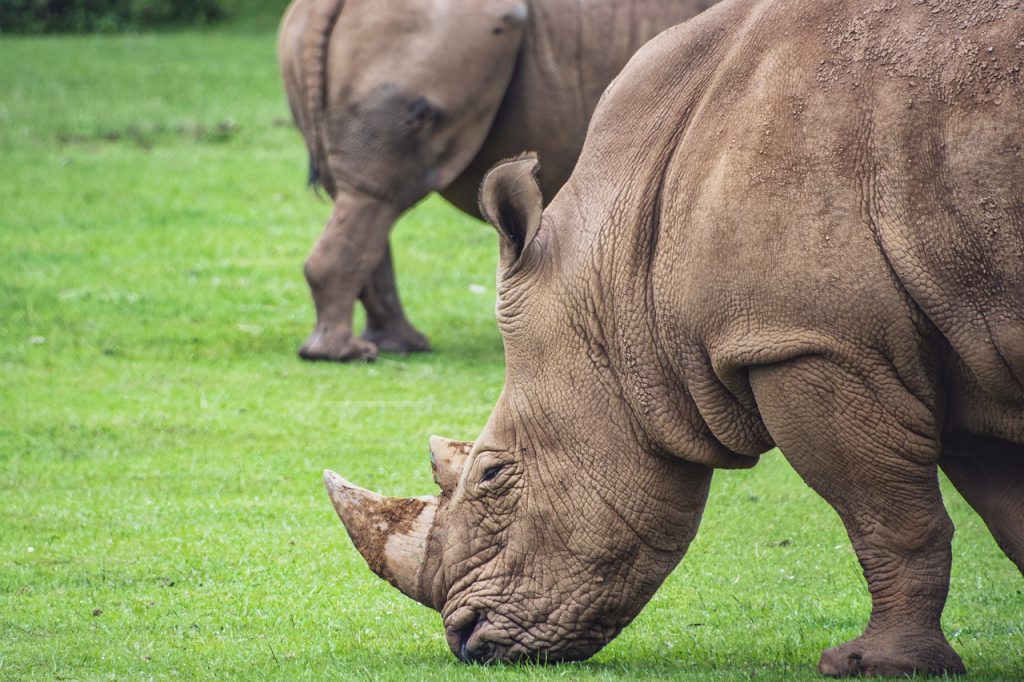Earth has experienced several mass extinctions in its history, but the current rate of species loss is higher than ever before. With climate change, habitat destruction, and over-exploitation of natural resources, the future of life on our planet is at risk. In this article, we will explore the causes of mass extinctions, the current state of species loss, and what can be done to ensure sustainability for future generations.
Table of Contents
ToggleWhat are Mass Extinctions?
Mass extinctions are periods of rapid and widespread loss of species. In the past, these events have been caused by natural disasters such as asteroid impacts, volcanic eruptions, and sea level changes. However, the current mass extinction event is primarily driven by human activities.

The Current State of Species Loss
According to the World Wildlife Fund, species loss is occurring at a rate of 100 to 1,000 times faster than the natural rate. This is largely due to human activities such as deforestation, habitat fragmentation, and the introduction of invasive species. Additionally, climate change is causing shifts in temperature and precipitation patterns, making it difficult for many species to adapt.
The Threat to Biodiversity
Biodiversity, or the variety of life on Earth, is essential for the functioning of ecosystems and the provision of services such as clean air, water, and food. The loss of species can have cascading effects on ecosystems, leading to declines in other species and decreased ecosystem services. Additionally, the loss of biodiversity reduces the ability of ecosystems to adapt to changes and increases the risk of extinction for other species.
The Economic Consequences of Species Loss
Species loss not only has ecological consequences but also has significant economic impacts. For example, the loss of pollinators such as bees and butterflies can reduce crop yields and increase food prices. Additionally, the loss of keystone species such as sharks can alter oceanic food webs, leading to declines in commercially important species.
Addressing the Threat of Mass Extinctions
To address the threat of mass extinctions, it is essential to reduce the human activities that drive species loss. This includes reducing greenhouse gas emissions to slow the rate of climate change, protecting and restoring habitats, and reducing the overexploitation of natural resources. Additionally, measures can be taken to prevent the introduction of invasive species and to control their spread.
Conclusion
Mass extinctions and the loss of biodiversity pose a significant threat to the future of life on Earth. To ensure sustainability, it is essential to reduce the human activities that drive species loss and to take measures to protect and restore habitats. By taking action now, we can preserve the biodiversity of our planet and ensure a sustainable future for generations to come.







2 thoughts on “Mass Extinctions and Sustainability: Understanding the Threat to Our Planet”
Pingback: Earthquakes and Climate Change: Understanding the Connection
Pingback: Bringing Back The Dodo: The $150 Million Quest for De-Extinction - Sustainability Awakening